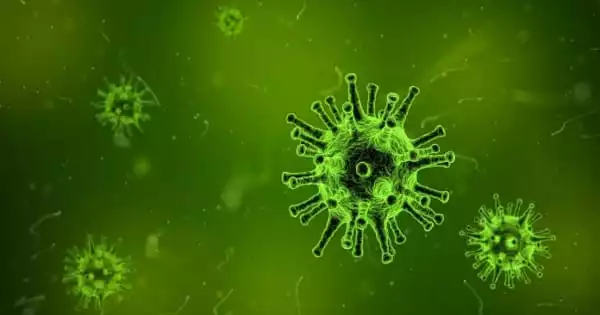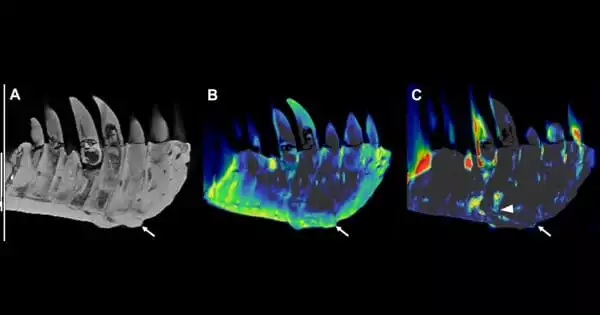All living creatures need to maintain a proper fluid balance within their cells. Cells can employ their aquaporins, also known as water channels that open and close, to make up for inadequate water transport via the cell membrane.
Researchers at the University of Gothenburg recently identified a water channel in a fish with what appears to be a unique quick-closing valve. In the end, this discovery may have a big impact on the creation of cancer and Alzheimer’s disease treatments.
Fish can survive on land for up to a week depending on the species and the salinity of their aquatic surroundings. This places some extremely specific requirements on their aquaporins, enabling them to continuously control the amount of water in their cells under a variety of conditions.
Researchers have discovered a water channel that seems to have a special quick-closing valve by examining the aquaporins in the cells of a species of climbing fish called the climbing perch (Anabas testudineus), which occasionally climbs out of the water and spends time on land. Their findings were reported in a scientific journal article published in Life Science Alliance.
“In our most recent study, we present the first high-resolution structural characterisation of a water channel found on the skin and gills of fish. We can see that this channel, which is in fact a protein, has a unique fold on the exterior surface of the cell, indicative of a previously unknown type of quick-closing valve in a water-specific aquaporin. The valve enables the water channel to open or close quickly, depending on the changing environment of the fish,” explains Kristina Hedfalk, biochemist at the University of Gothenburg.
This is important basic research, where we can see the regulating protein at molecular level. In addition to its potential relevance to drug research, it is also important for us to understand the water channels in fish when managing them in aquaculture settings, so that the fish stay as healthy and comfortable as possible.
Kristina Hedfalk
Vital to reduce pressure
Finding innovative treatments for conditions like cerebral oedema, which could save lives after an accident or the onset of disease, may ultimately depend on our ability to understand the regulatory role that aquaporins play in the body. It’s critical to be able to lower the pressure inside the brain when cerebral oedema develops to prevent injury.
Researchers have found the characteristics that can control the cellular fluid balance when rapid changes take place by cultivating the protein that creates the valve in the fish’s water channel in lab settings.
This discovery could also be an important step towards creating medications in this field because prior studies have shown that the function of brain cell aquaporins is diminished with the start of Alzheimer’s disease.
“This is important basic research, where we can see the regulating protein at molecular level. In addition to its potential relevance to drug research, it is also important for us to understand the water channels in fish when managing them in aquaculture settings, so that the fish stay as healthy and comfortable as possible,” Kristina Hedfalk explains.
















